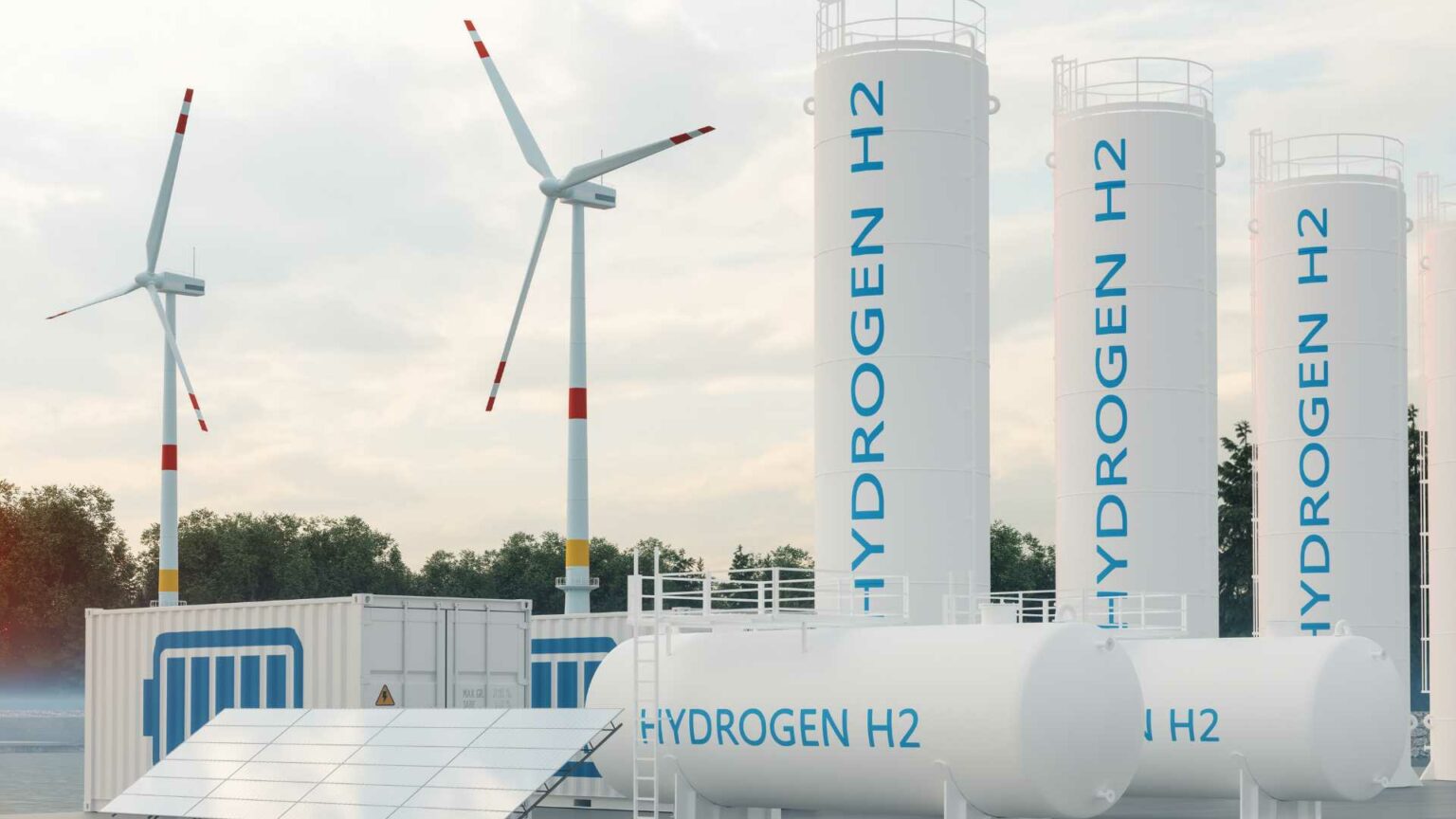The Netherlands aims to install 21 GW of offshore wind capacity by 2030 and 72 GW by 2050, but transporting this energy to shore poses significant challenges.
High electricity transmission costs, grid congestion, and spatial constraints in the North Sea have prompted exploration of alternative solutions. One promising avenue is the repurposing of decommissioned offshore natural gas infrastructure for green hydrogen production and transport. A recent study by Jeroen R. Vreeburg and Julio C. Garcia-Navarro highlights the potential of this approach, identifying 84 offshore platforms on the Dutch Continental Shelf (DCS) that could host between 23 and 42 GW of electrolysis capacity.
Offshore hydrogen production offers a compelling solution to the challenges of transporting wind energy. By converting electricity from offshore wind farms into hydrogen via electrolysis, energy can be transported to shore via existing pipelines, bypassing the need for costly new infrastructure. This approach aligns with the Netherlands’ ambitious renewable energy targets and leverages the country’s extensive offshore gas infrastructure, much of which is slated for decommissioning.
According to the Dutch national platform for re-use and decommissioning (NEXSTEP), 69 gas platforms and 1,829 km of pipelines will be decommissioned by 2032. Repurposing these assets could save billions in decommissioning costs while avoiding environmental impacts such as ocean floor perturbation and habitat loss. The study found that most platforms could accommodate Proton Exchange Membrane (PEM) electrolyzers, with hydrogen transported through existing pipelines at pressures of 50–60 bar.
Synergies with Offshore Wind Farms
The study identified promising synergies between decommissioned platforms and planned offshore wind farms in areas like Nederwiek Noord and Nederwiek Zuid. These regions, set to host significant wind capacity, are ideally positioned to supply renewable electricity for hydrogen production. By co-locating electrolyzers with wind farms, the Netherlands could create an integrated offshore energy system, reducing transmission losses and maximizing efficiency.
However, the feasibility of this approach depends on several factors. Platform weight is a key constraint, as the topsides of many platforms have limited capacity to support additional equipment like electrolyzers. The study estimates that the 84 identified platforms could collectively host 23–42 GW of electrolysis capacity, depending on the weight of the PEM systems installed.
A Model for the North Sea
The Netherlands’ approach could serve as a model for other North Sea countries, many of which face similar challenges. The Ostend Declaration, signed by nine North Sea nations, aims to achieve 300 GW of offshore wind capacity by 2050. Repurposing decommissioned gas infrastructure for hydrogen production could help meet this target while reducing costs and environmental impacts.
The study also highlights the need for further research into the technical, economic, and regulatory aspects of offshore hydrogen production. For instance, the environmental impact of retrofitting platforms and pipelines must be carefully assessed, and clear regulatory frameworks are needed to support investment in this emerging sector.
As the Netherlands moves forward with its energy transition, repurposing offshore gas infrastructure for hydrogen production offers a pragmatic and innovative solution. By leveraging existing assets and integrating them with offshore wind farms, the country can address grid congestion, reduce transmission costs, and accelerate its shift to renewable energy.
Stay updated on the latest in energy! Follow us on LinkedIn, Facebook, and X for real-time news and insights. Don’t miss out on exclusive interviews and webinars—subscribe to our YouTube channel today! Join our community and be part of the conversation shaping the future of energy.





